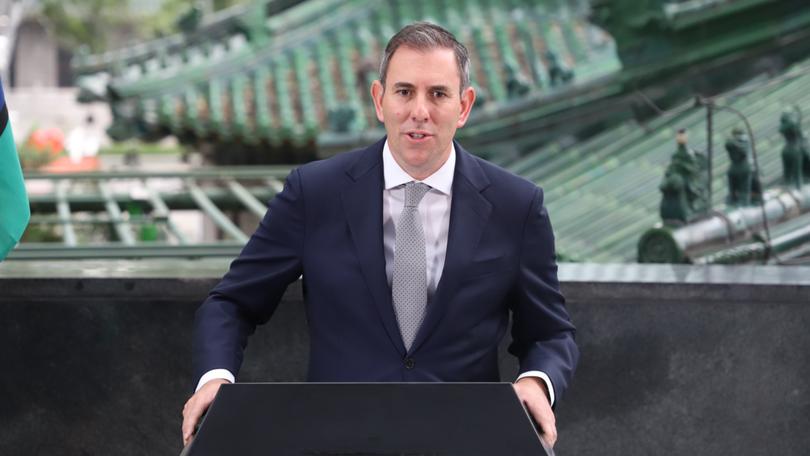Wage growth slows to 3.5 per cent despite booming jobs market, latest ABS data reveals

The pace of Australia’s wage growth has slowed to 3.5 per cent for the year to September, despite a booming jobs market.
That was down from 4.1 per cent for the 12 months to June, according to Australian Bureau of Statistics data — and slightly below expectations.
It’s still running faster than inflation, meaning purchasing power is rising for workers who were hit by cost of living pressures as the economy was supercharged by post-pandemic stimulus.
Sign up to The Nightly's newsletters.
Get the first look at the digital newspaper, curated daily stories and breaking headlines delivered to your inbox.
By continuing you agree to our Terms and Privacy Policy.The Reserve Bank and Federal Government have been at odds about whether wages should pick up steam faster.
The Albanese Government promised to “get wages moving again” while the RBA has warned an excessive speed could worsen the outlook for inflation.
Reports on Wednesday suggested the public sector pay bill had lifted $5 billion since 2022 amid a major expansion of government.
Public spending has also contributed to the national jobs boom, which has seen more than 430,000 roles created in the past 12 months.
ABS head of price statistics Michelle Marquardt said annual wage growth had dropped below 4 per cent for the first time since June 2023.
“Wage rises for many jobs can be directly or indirectly linked to the outcomes of the Fair Work Commission Annual Wage Review decision,” she said.
“The latest decision of a 3.75 per cent wage increase paid from 1 July 2024 was lower than the September quarter 2023 increase of 5.75 per cent.”
Tasmania and Queensland topped the tables, leading wage rises among the States.
Economists broadly viewed the result as a mild positive for the Reserve Bank.
ANZ said the “data may give the RBA more confidence that wages growth is returning to a pace consistent with its inflation target band, in the face of continued weakness in productivity growth”.
February was still the most likely date for a rate reduction, the big four bank reckoned.
UBS economist George Tharenou said recent wage, consumer confidence and business conditions numbers had been a “positive mix” for the RBA.
But he said an interest rate cut was not likely until May, with the RBA focused on underlying inflation and concerned by sluggish productivity.
AMP’s My Bui said wage growth had clearly slowed from its peak.
She said that was driven by a looser labour market and smaller increases in the award and minimum wages.
“Overall, wages growth rate in Australia is on track to be lower than the RBA forecasts of 3.4 per cent by the end of this year,” Ms Bui said.
“Real wages growth, which takes out the impact of inflation, is now positive which has underpinned the recent improvement in consumer sentiment in Australia.
“We expect this positive gap to continue as Australia’s labour market remains resilient while inflation will climb down further.”
